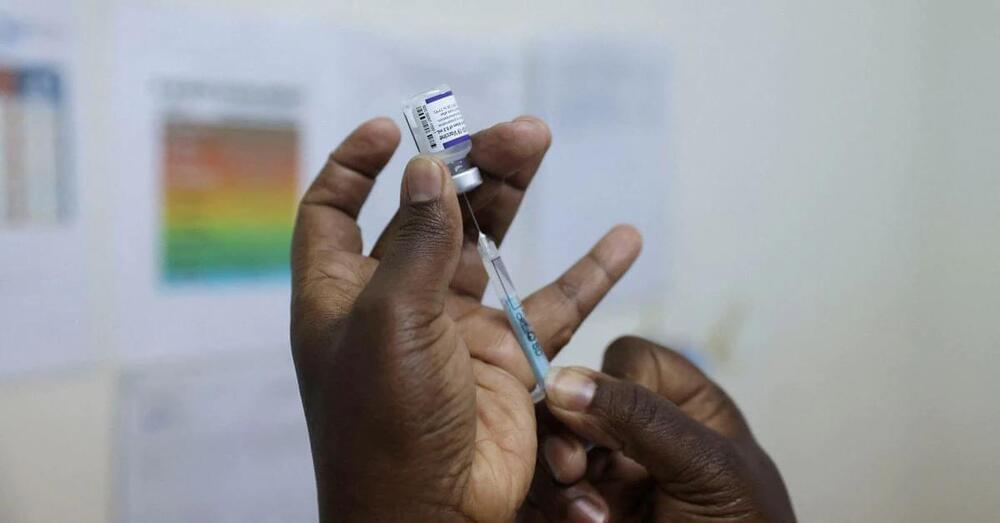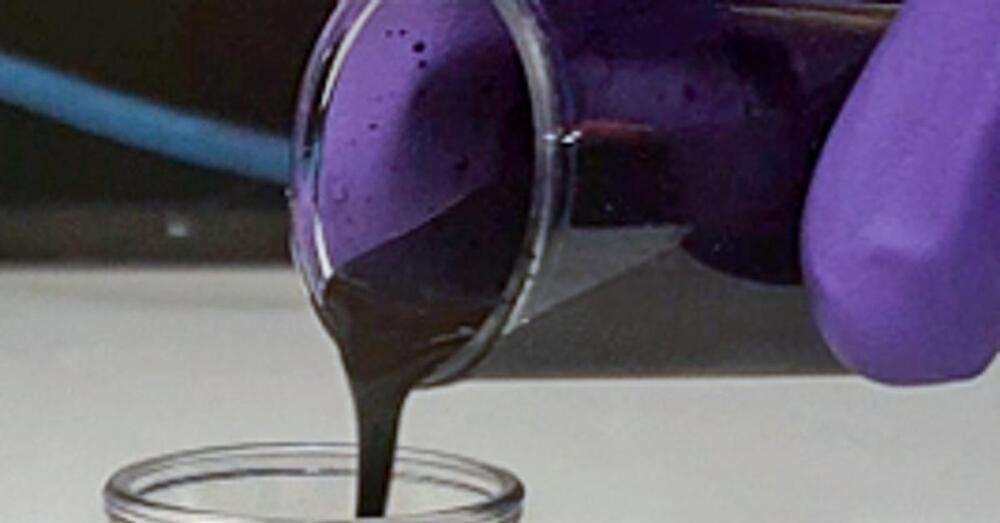😀
JERUSALEM, Dec 11 (Reuters) — Israeli researchers said on Saturday they found that a three-shot course of the Pfizer/BioNTech (PFE.N), (22UAy. DE) COVID-19 vaccine provided significant protection against the new Omicron variant.
The findings were similar to those presented by BioNTech and Pfizer earlier in the week, which were an early signal that booster shots could be key to protect against infection from the newly identified variant.
The study, carried out by Sheba Medical Center and the Health Ministry’s Central Virology Laboratory, compared the blood of 20 people who had received two vaccine doses 5–6 months earlier to the same number of individuals who had received a booster a month before.






